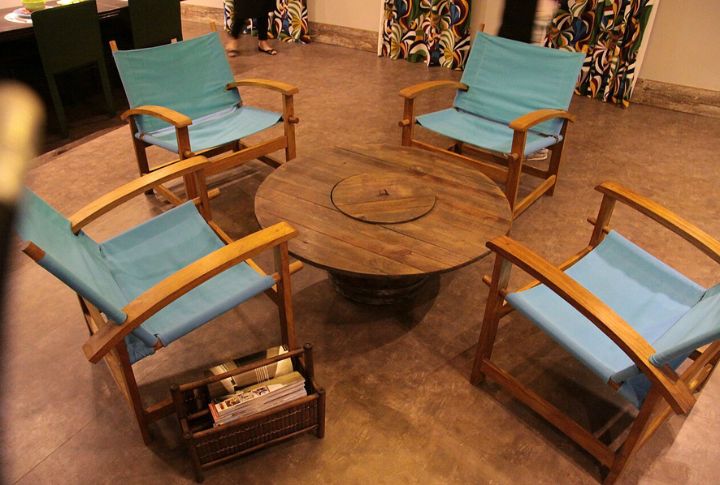
Nostalgic design trends from the 60s and 70s evoke memories of vibrant colors and unique styles that defined American homes. These decades celebrated creativity and individuality with bold patterns, innovative materials, and eclectic furnishings. Let’s explore the 15 iconic elements that shaped the interiors of this unforgettable era.
Bold Patterns
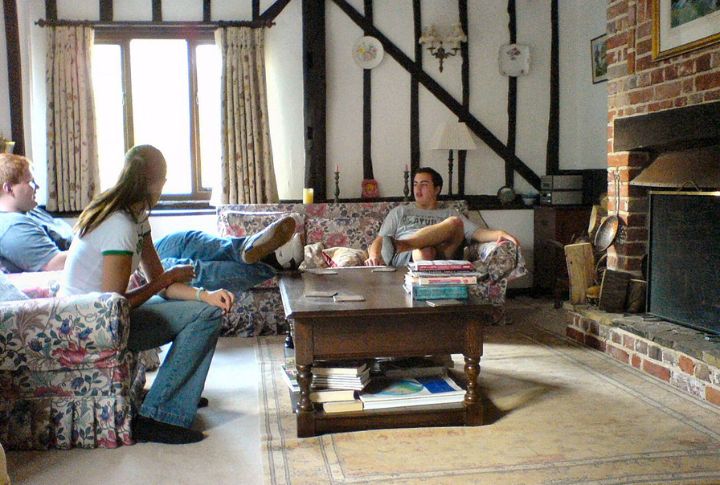
Home decor in the 60s and 70s was all about making a statement, and bold patterns took center stage. Walls and furniture came alive with geometric shapes, floral designs, and psychedelic prints. These designs were visually striking and encouraged homeowners to embrace a playful, expressive vibe in their living spaces.
Op Art
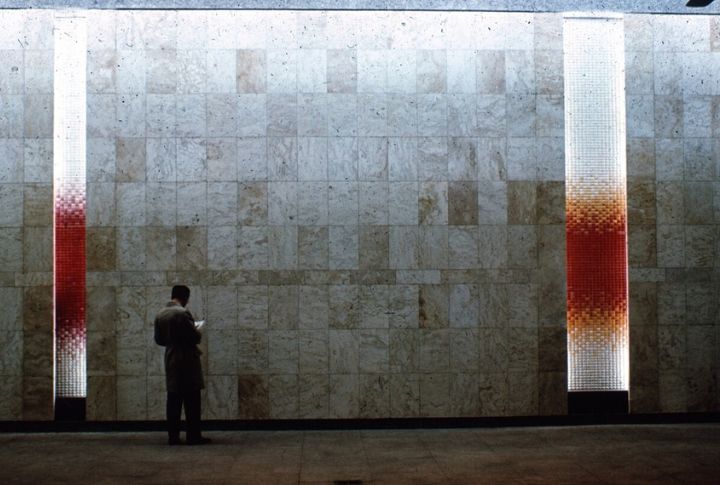
When Op art exploded in the late 60s, it brought a hypnotic visual flair to home interiors. The work of artists like Bridget Riley blurred the lines between art and illusion, with homeowners eagerly incorporating the dizzying movement of Op art into their spaces through wall décor and unique furnishings.
Vintage Furniture
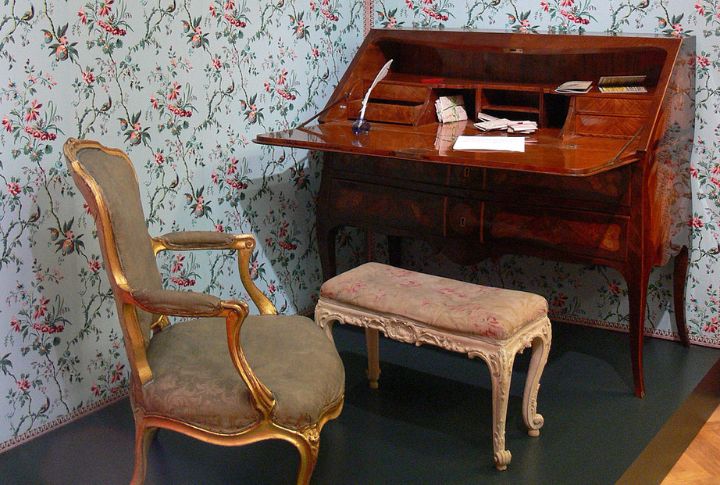
Mid-century furniture from the 50s and 60s became popular in the 70s, with thrift stores filled with unique finds. Each piece brought personality and history to living spaces, allowing people to curate their own styles by blending modern trends with timeless classics. This brought a newfound appreciation for vintage charm.
Lava Lamps

Few items capture the retro spirit of the 70s quite like the lava lamp. With its hypnotic, flowing blobs of liquid, it added a touch of fun to any room. Invented by Edward Craven Walker, this iconic piece represented the era’s fascination with psychedelic culture and free expression.
Wood Paneling
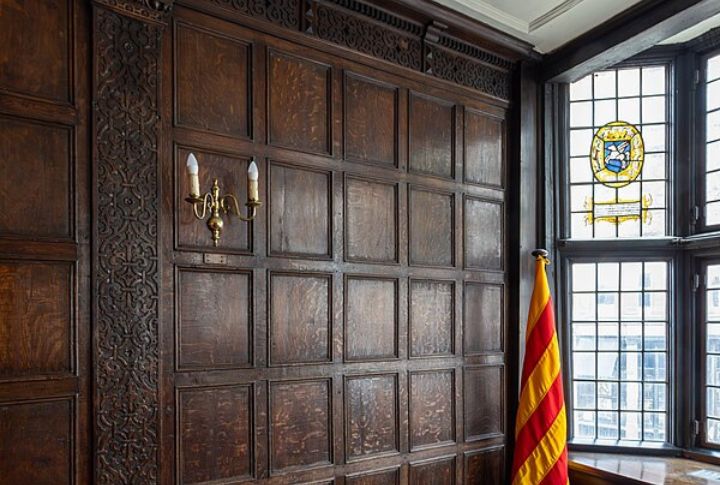
In the 60s and 70s, wood paneling became a go-to for creating warm, inviting spaces. Often found in family rooms or dens, the natural texture brought a sense of coziness that encouraged relaxation. With rich hues like walnut and mahogany, it created a warm vibe perfect for family gatherings.
Linoleum Floors
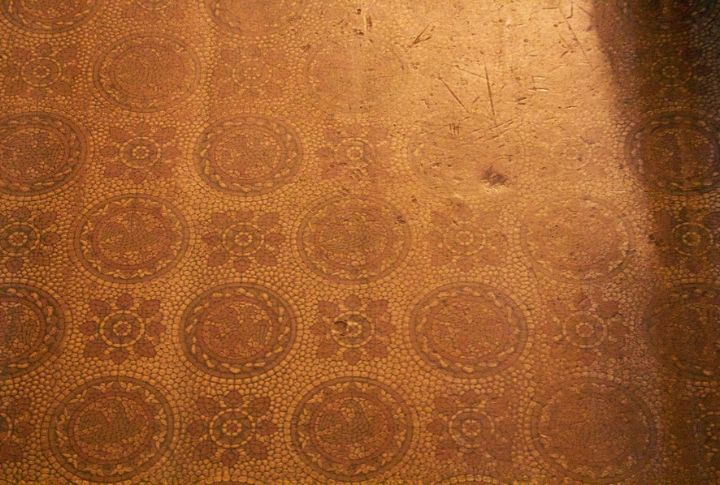
Affordable and practical, linoleum flooring became a staple for kitchens and bathrooms. Not only was it easy to clean, but its wide range of colors and patterns meant homeowners could inject personality into functional spaces without breaking the bank. Linoleum helped families modernize their homes with a practical yet stylish touch.
Bean Bag Chairs

The introduction of bean bag chairs in the late 60s brought a new level of casual comfort to homes. Seating no longer had to be stiff or formal. These squishy, playful chairs invited relaxation and became a hit, especially in spaces like playrooms or laid-back living areas. Their flexibility and comfort made lounging around an experience everyone could enjoy.
Crocheted Blankets
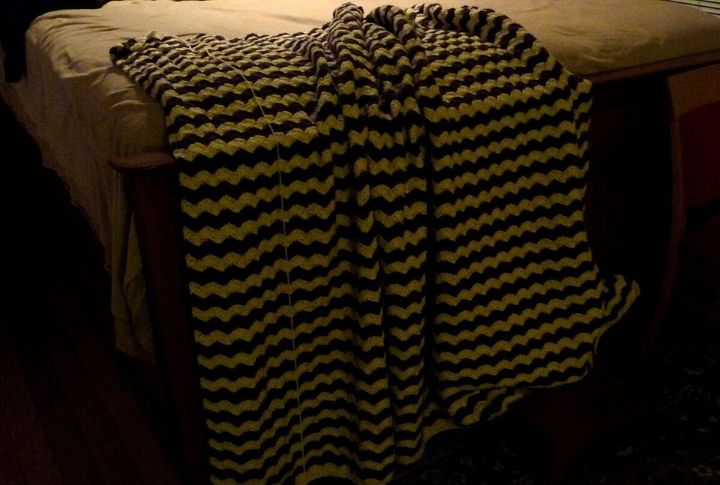
Homes in the 60s and 70s often featured crocheted blankets, draped over sofas or beds. Many of these cozy throws were handmade, passed down through generations, or created by family members. The patterns in those blankets showcased the creativity and care of their makers, a quality that’s hard to find today.
Bricks and Tiles
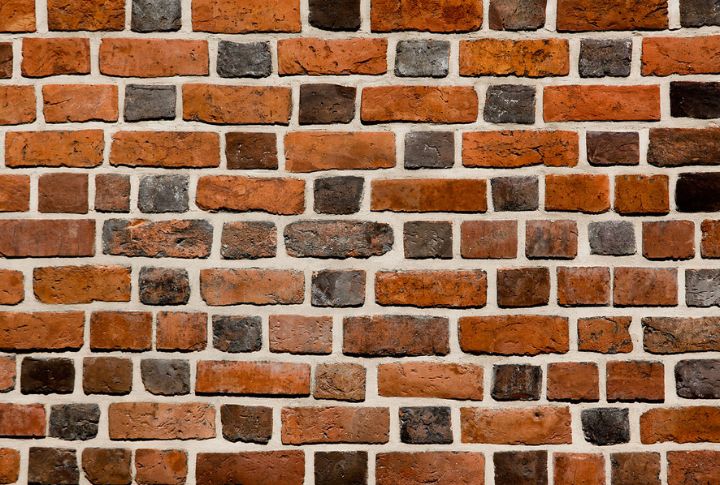
In the 70s, natural brick walls brought a rustic, industrial charm to homes, creating a cozy vibe. Decorative tiles, often in earthy tones and vibrant patterns, adorned kitchens and bathrooms. These tiles included intricate mosaics and glazed ceramics, turning functional spaces into artistic focal points that reflected the era’s bold design spirit.
Big Fireplaces
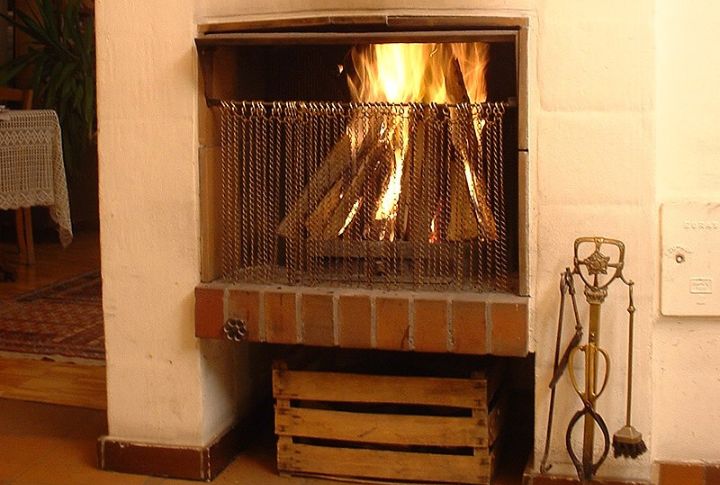
Large fireplaces became the central feature of many homes in the 60s and 70s. Crafted from brick or stone, these grand structures weren’t just a source of warmth—they were gathering places for families to come together. The crackling fire often became the backdrop for intimate conversations, laughter, and memories that lingered long after the warmth faded.
Rattan Furniture
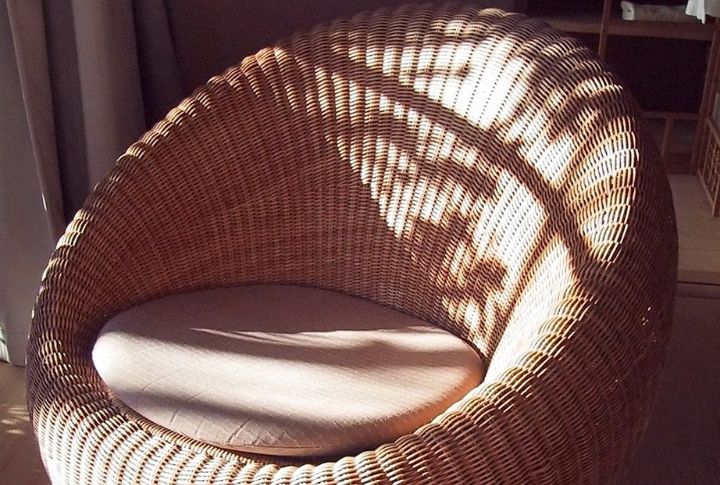
Light, airy, and versatile, rattan furniture found its way into homes in the 70s, from living rooms to patios. Its natural look paired beautifully with both bohemian and coastal styles, bringing a relaxed and breezy vibe to any space. Rattan’s resurgence reflected a growing appreciation for sustainable and organic materials.
Brass Finishes
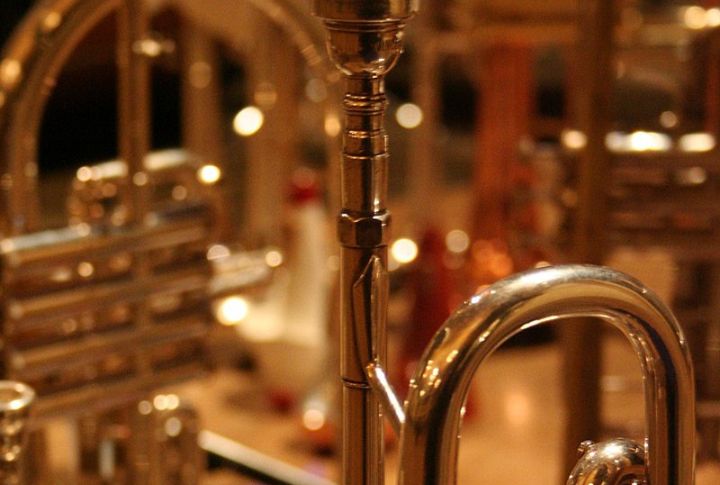
The late 60s and early 70s were the days when the metallic sheen of brass finishes stood out, perfectly capturing the era’s love for eye-catching luxe materials. In that era, brass became the go-to choice for adding sparkle to interiors. From gleaming light fixtures to shiny cabinet hardware, it brought a glamorous touch to everyday spaces.
Mid-Century Modern Furniture
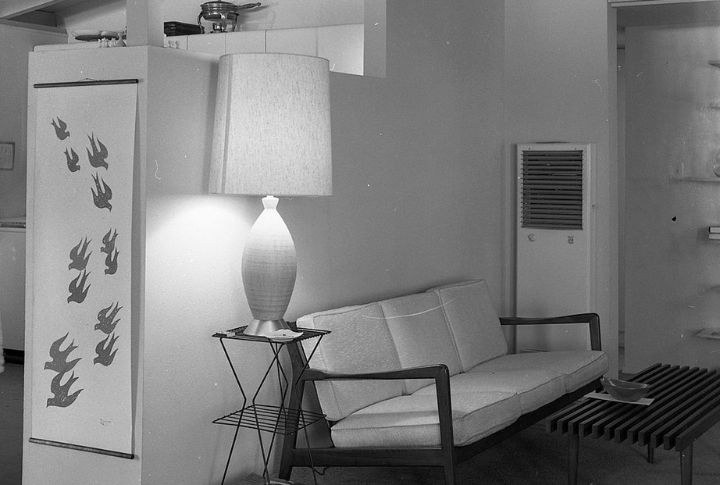
Iconic designers like Charles and Ray Eames kept influencing interiors with pieces that were both simple and sophisticated in the 60s. These designers made mid-century modern furniture with clean lines and functional design. The style’s timeless appeal meant it worked in almost any setting, from minimalist spaces to more eclectic homes.
Retro Appliances
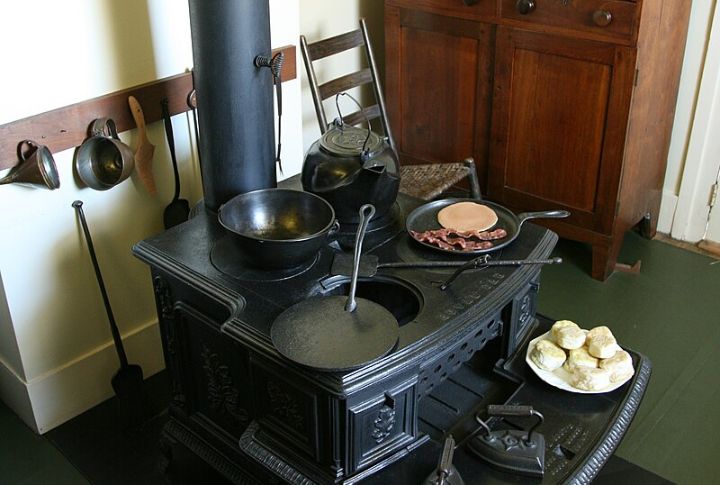
These appliances didn’t just cook meals; they transformed kitchens into vibrant, playful spaces. In the 60s and 70s, colorful retro appliances like turquoise, avocado green, and bright red stoves and fridges turned the kitchen into a canvas for self-expression, adding energy and personality to the home’s most functional area.
Macramé Decor
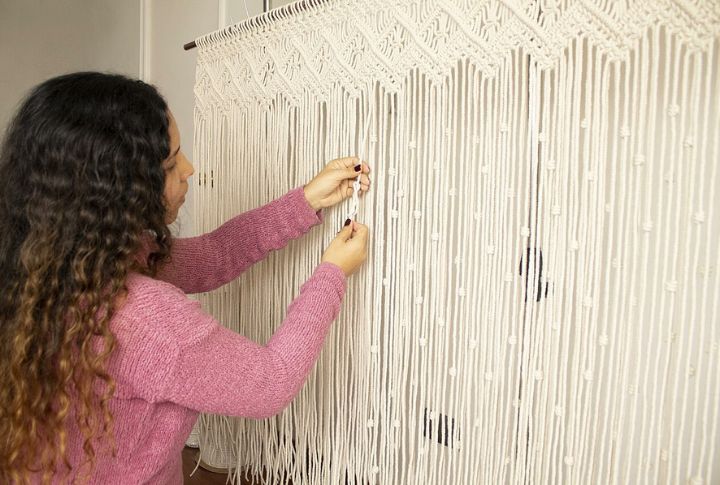
Knotting techniques flourished in the 60s, showcasing intricate designs made from natural fibers like cotton and jute. This décor was quite cherished by individuals, and it allowed them to add texture and a handmade touch to their interiors. The décor items, such as wall hangings, plant holders, and table runners, embodied a bohemian aesthetic during the era.

